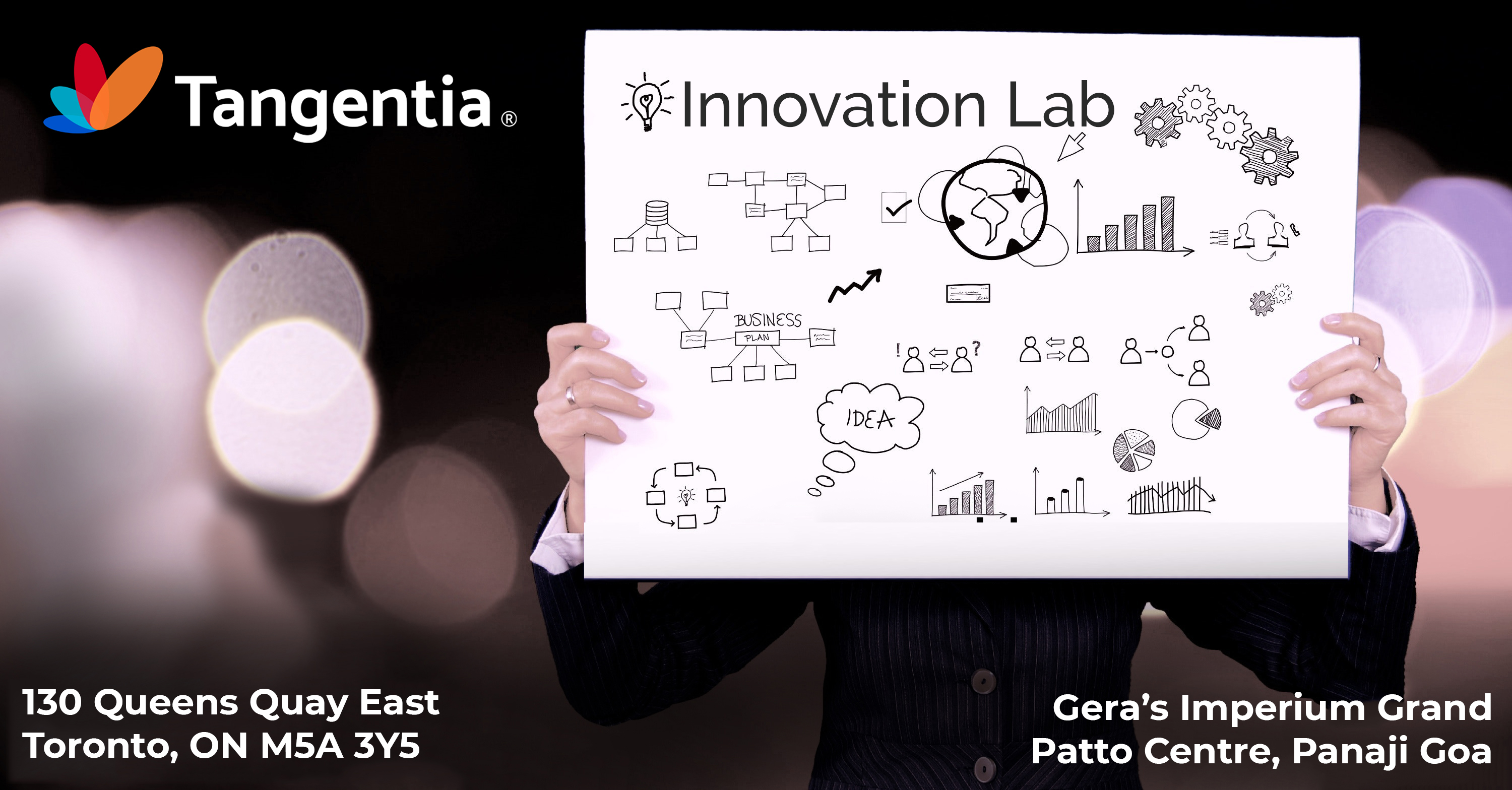RPA and AI : Powering the Intelligent Enterprise
Current Landscape
RPA is making a real impact in enterprise space and empowering knowledge worker by helping them focus on the more meaningful and value-added side of their work and offloading more mundane and repetitive tasks to an RPA powered robot. There is an enterprise workforce revolution underway led by RPA and AI/Cognitive technologies.
What is RPA? RPA stands for Robotic Process Automation. As the name suggests, it is the automation of tasks within a business process that can be handled completely or in part by a software robot. These tasks are repetitive, rule-based and most often are not a good value for human intelligence or time. Therefore, it makes sense to have the robot take care of these tasks. The robot can handle these tasks either in Attended or Unattended mode. In Attended mode, the robot works with the user in completing certain tasks while in Unattended mode human intervention is not required.
There is a plethora of solutions providers in this space, each with its own specialty. However, there are three main vendors that come to mind. They are – Automation Anywhere, BluePrism and UiPath in alphabetical order. Among these, UiPath is probably the fastest growing since it has recently received funding from big Silicon Valley Venture Capital firms in series C and D rounds.
Going by the interest in RPA technology, even by small and medium enterprises, it is not surprising that RPA has gained so much traction in so little time. Gartner predicts that by 2022 worldwide RPA spending will total $2.4B with an expected CAGR upwards of 30% in the next five years. The industry itself has seen rapid progress with new providers entering the market to cash in on this big opportunity. The recent push towards integrating AI solutions with RPA notwithstanding.

So, why is there so much interest in RPA/AI? Is it just hype or is it for real? Should you invest in it or should you wait?
To answer those questions, one has to see the bigger picture and what is shaping at the macro level. Here are some of the trends:
- Digital Transformation: Traditional businesses are faced with competition from the likes of Amazon, Airbnb, Uber, Google, Microsoft and Facebook to name a few and are forced to change their business models to adapt to the new digital reality.
- The rise of the omnichannel: Consumers are increasingly preferring to do their shopping digitally and interact with merchants with minimum touchpoints in a seamless manner across all channels.
- Availability of Actionable Data: Digital businesses are able to collect data and actionable insights about their customers in real time and adjust to the market demand accordingly. For example, Uber rates go up if there is a high demand in an area for its rides on account of some event. Similarly, Airbnb is able to hike its listing rates based on the demand in an area.
- Scalability: It’s much easier to scale up if you are a digital business. It took much less time for Airbnb and Uber to overtake their traditional counterparts in terms of market size and market cap.
- Flexibility: Digital business is more efficient, responsive to customer needs and able to cross-sell.
Merits of RPA
RPA has many things going in its favor:
- It has matured as a technology in a very short time.
- It is widely accepted in the enterprise space and almost all CIOs/CEOs have RPA and by extension AI technologies in their digital transformation strategic roadmap.
- It is non-invasive and can sit right on top of the existing infrastructure.
- It is fast and easy to develop, implement and deploy.
- It does not cost as much as some of the promised technologies before it.
- It can be used to integrate your broken processes and streamline them.
- It can bridge the disconnect between disparate legacy/internet systems and achieve a high ROI.
- It is the last mile solution for deploying Cognitive and AI technologies in the enterprise.
- Its open architecture allows it to integrate with third-party solutions. In other words, you can fit in your in-house solutions and AI/ML models within the RPA.
- Last but not least a robot is highly productive and does not suffer normal human traits. It does not take breaks, does not ask for a raise, is less prone to errors, can work 24x7x365 without complaining and does not mind doing boring and repetitive work day in and day out.

So, what’s not to like about it? Nothing really if you ask me!!
In my opinion, the biggest value will come from engineering business processes. RPA/RCA will make the business processes faster, less error-prone, more intelligent and self-improving. This will also make the tasks of C-Suite executives easier to transform their organizations digitally and as a result, become more proactive to marketplace dynamics and more responsive to customer experience. AI will play a vital role in all of this. Some of the areas where AI is already making inroads is in enterprise space are in:
- Visual Understanding: Being able to understand a graphic and identify the elements
- Document Understanding: Being able to understand the document context e.g. extract information from legal contracts, invoices, etc.
- Process Understanding: Being able to observe user behavior to learn and discover common tasks and processes. Identify processes for automation based on ROI.
- Conversational Understanding: Being able to analyze sentiment, chat and voice input and able to route requests to the right team or department and integrate with chatbots and voice
All this sounds great but as we all know the challenge lies in implementation. So, let’s consider what is involved and how we can go about implementing these technologies. The first step is choosing the right consulting partner. It is very hard to do everything on your own and doing it right is even harder. So, as a first step, it is imperative that you choose the right consulting partner.
What to look for in the consulting partner?
Consulting partners come in various shapes and sizes especially those that want to cash in on the flavor of the day. Here is what to consider when looking for the right consulting partner.
- A strong commitment to client success over their own.
- Strong brand presence and value recognition.
- A rich history of past experience in implementing RPA solutions.
- Knowledgeable resources with certifications in RPA solutions.
- Strong domain expertise in specialized verticals e.g. BFSI, Healthcare, Telecom, etc.
- A strong partner ecosystem that brings the best of breed solution offering.
- A delivery model that is global and based on Agile Methodology and best practices.
- A metrics-based approach to ROI.
- Good past client references.
Identifying and working with a right partner is the most important and crucial step to ensuring a successful RPA journey. Here are the other steps once a partner is on board.
Steps in an RPA implementation roadmap
Below are 4 broad steps to implement RPA in your organization
- Identify a suitable RPA implementation scenario
- Have a phased approach to RPA implementation
- Build a Robotic Operating Team to carry out the execution process
- Establish a Center of Excellence or CoE
- Have dedicated individuals for process discovery, governance and change management within the CoE.
Identifying and working with a right partner is the most important and crucial step to ensuring a successful RPA journey. Here are the other steps once a partner is on board.
About the Author
The author, Jaideep Kala, is a Sr. Manager with Tangentia Automation Practice (North America) based out of its HQ in Toronto, Canada.
Tangentia is an expert in implementing RPA solutions and has partnerships with UiPath, Automation Anywhere and Blueprism.
To learn more about Automation and what Tangentia can do for you please follow this link .
Get Started today
Interested in Automation but don’t know where to start? Looking for a reliable Automation reseller with the best possible pricing? Looking for somebody to help maintain, support and enhance your existing bots? Or just want to say hello? Contact us now. We promise a human will answer your query, not a bot.
Contact Us

















